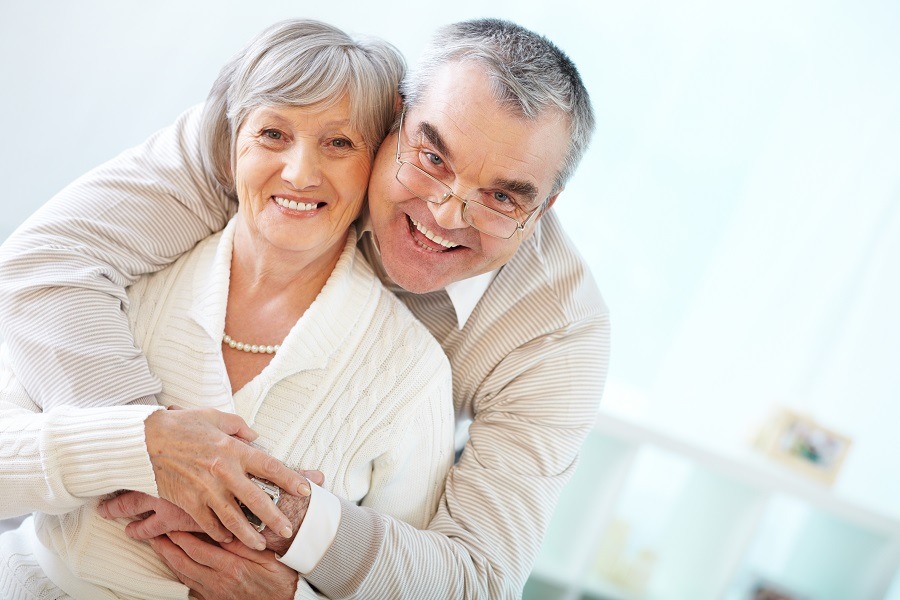Many younger people think this to be true about us, along with a bushel basket of other laughable beliefs: seniors aren’t productive; older people can’t learn new things; the older generation is out of touch and out of date with the new and the now; middle-agers’ minds aren’t as sharp, and they can’t remember things; older people are sad and sedentary. I could go on until next Arbor Day, but you’re with me.
Since humans first put stick to cave wall, in almost every type of image—moving or in print—where older adults are portrayed, the creator gives us one or more of the perceived shortcomings listed above. (This doesn’t include the ads for Viagra and the like, where the fit, handsome, and vitally alive, silver-haired fox looks longingly at the beautiful and equally toned and vital woman of a certain age.) The term for this systematic stereotyping is called “ageism.”
The term ageism came into existence in 1969. Before that no word existed to describe the pervasive prejudice against people with seasoning, experience, and wisdom.
Now here is the most surprising piece: both younger and older adults hold similar stereotypes about aging—how can that be when we are now looking out the eyes of an older adult? I certainly don’t think of myself as mentally deficient, or slow and creaky.
Unfortunately, that stereotyping is true because there are almost always (unless you are a centenarian) people who are older than we are on whom we can attach the list of stereotypes.
Ageism is one of the last socially acceptable prejudices.
Society, in general, still tends to categorize older adults into one of three subtypes:
- grandmother types—helpful, kindly, serene, wise, trustworthy
- elder statesman—intelligent, competent, aggressive, intolerant
- generic senior citizen—lonely, old-fashioned, weak, genderless (and for sure, asexual!)
Adding to the unrealistic view of older adults, these automatically activated stereotypes subconsciously guide our behavior toward older people and how we communicate with them. Patronizing talk, including slower speech, simpler vocabulary, careful enunciation, a demeaning emotional tone, and the adoption of superficial conversation are telltale signs our implicit negative stereotyping is kicking in. Even sadder, women have suffered from greater ageism than men.
Now for some good news? There is a sea-change coming.
More and more films and television programs are accurately depicting older adults as vibrant, energetic, smart, funny, and completely with-it. Mid-life has gone from the end game to the half-time pause, which allows women (and men) to regroup, look forward on the calendar, and plan the next phase of their lives.
We live in transformative times. Empty-nester households and “Over 50” communities have popped up around the country and the world. Newspapers and magazines now give considerable space to the over 55 marathon-running, politically active, best-selling-novel-writing women, all who have hardly released their grip on life to grasp the arms of a rocking chair.
At every opportunity, by using the positive words to describe aging, the conversation changes. By scraping the gunk of outdated prejudices from our belief systems and allowing fresh ideas to adhere we can become models for the world of what getting older really looks like—fabulous, from here.
Until next time… Be Vibrant!
Share Your Thoughts…
What are some of the ways you have noticed these age-related stereotypes – and more importantly how have you noticed that they have changed?
I want to hear from you; share your experience below.




